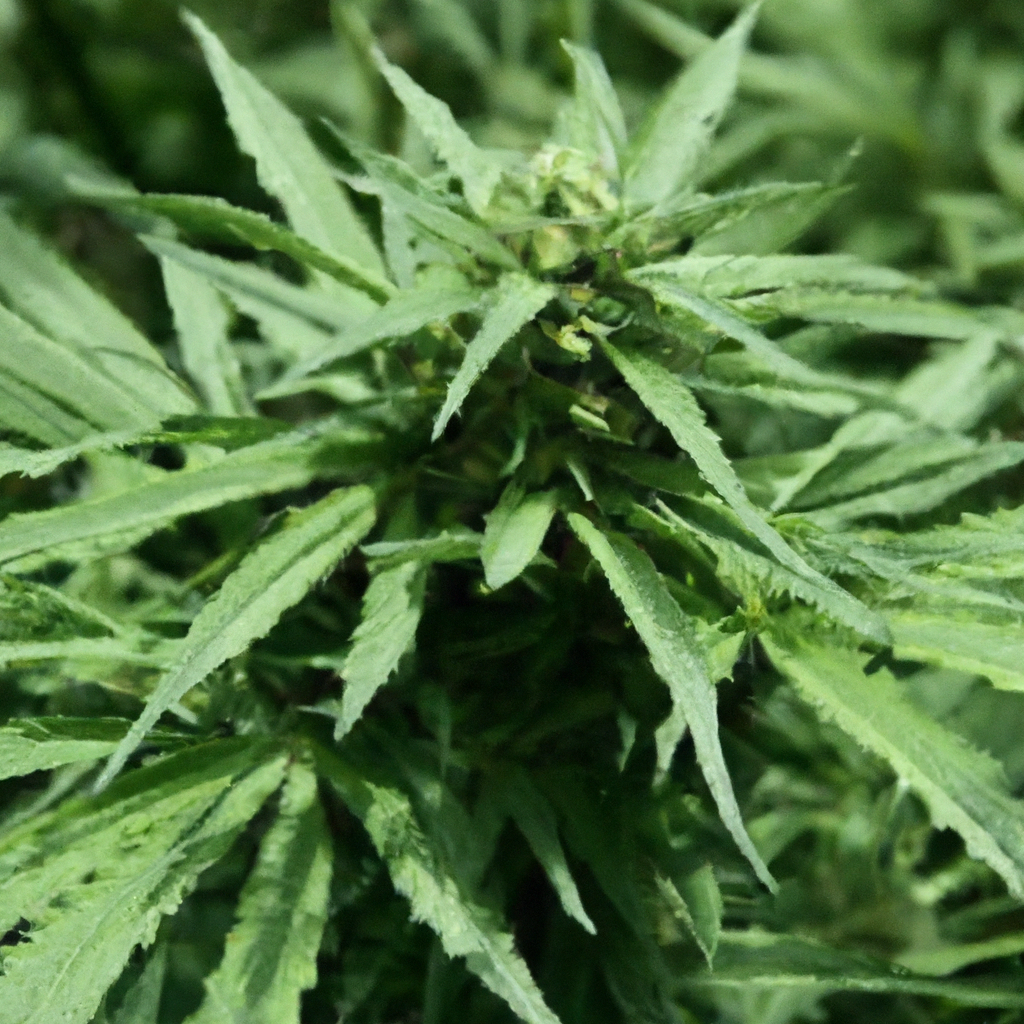Your cart is currently empty!
In recent years, the cannabis plant has gained notoriety not only for its potential medicinal and recreational uses but also for its role in sustainable agriculture. One of its lesser-known attributes is its ability to significantly contribute to soil regeneration. This article explores how cannabis is used in rejuvenating depleted soils, enhancing biodiversity, and supporting sustainable farming practices.
Understanding Soil Regeneration
Soil regeneration is the process of restoring the quality and health of the soil by improving its organic matter, structure, and biodiversity. Healthy soil is the foundation of sustainable agriculture, influencing everything from crop yields to the environment’s ability to mitigate climate change effects. Regenerative agriculture focuses on utilizing methods that improve soil health, and cannabis can be an essential player in this endeavor.
Cannabis and Soil Health
The cannabis plant contributes to soil health in numerous ways:
- Deep Root Systems: Cannabis plants have robust and deep root systems. These roots help in breaking up compacted soil, enhancing aeration, and promoting healthy microbial populations.
- Nutrient Cycling: As cannabis grows, it absorbs nutrients from the soil, incorporates them into plant tissues, and eventually returns them to the soil when the plant decomposes, thus aiding in nutrient cycling.
- Biomass Production: Cannabis biomass adds substantial organic matter to the soil. The decay of leaves and stems enriches the soil with carbon and other nutrients, improving soil fertility.
Integrating Cannabis into Crop Rotation
Cannabis can be a beneficial addition to crop rotation systems, which are essential for soil regeneration. When rotated with other crops, cannabis helps prevent nutrient depletion, breaks pest cycles, and reduces soil erosion. Here’s how it can be effectively integrated:
- Select Appropriate Cultivars: Use cannabis strains suitable for your climate and soil type to optimize their regenerative properties.
- Plan Rotations Carefully: Integrate cannabis with legumes, cover crops, and other nitrogen-fixing plants to enhance soil fertility.
- Follow Sustainable Practices: Implement organic fertilizers and natural pest management techniques to maintain soil quality.
Real-World Applications and Success Stories
Some farms have successfully integrated cannabis into their soil regeneration programs. In regions like Northern California, growers have seen improved soil health and increased biodiversity by rotating cannabis with clover and alfalfa. Studies also show that lands previously degraded due to monoculture practices can be revitalized using cannabis in conjunction with other regenerative techniques.
Conclusion
The role of cannabis in soil regeneration reflects its versatility as a crop, offering ecological benefits that extend beyond traditional uses. As the conversation around sustainable agriculture continues to grow, cannabis presents a promising avenue for enhancing soil health, increasing biodiversity, and fostering resilient farming systems. With its inclusion in regenerative agriculture, the path to healthier soils and a healthier planet becomes more navigable.
Key Takeaway: Incorporating cannabis into sustainable agricultural practices not only promotes soil regeneration but also supports environmental conservation and resilience against climate change.
Tags: CannabisCultivation, SustainableAgriculture, SoilHealth


Leave a Reply